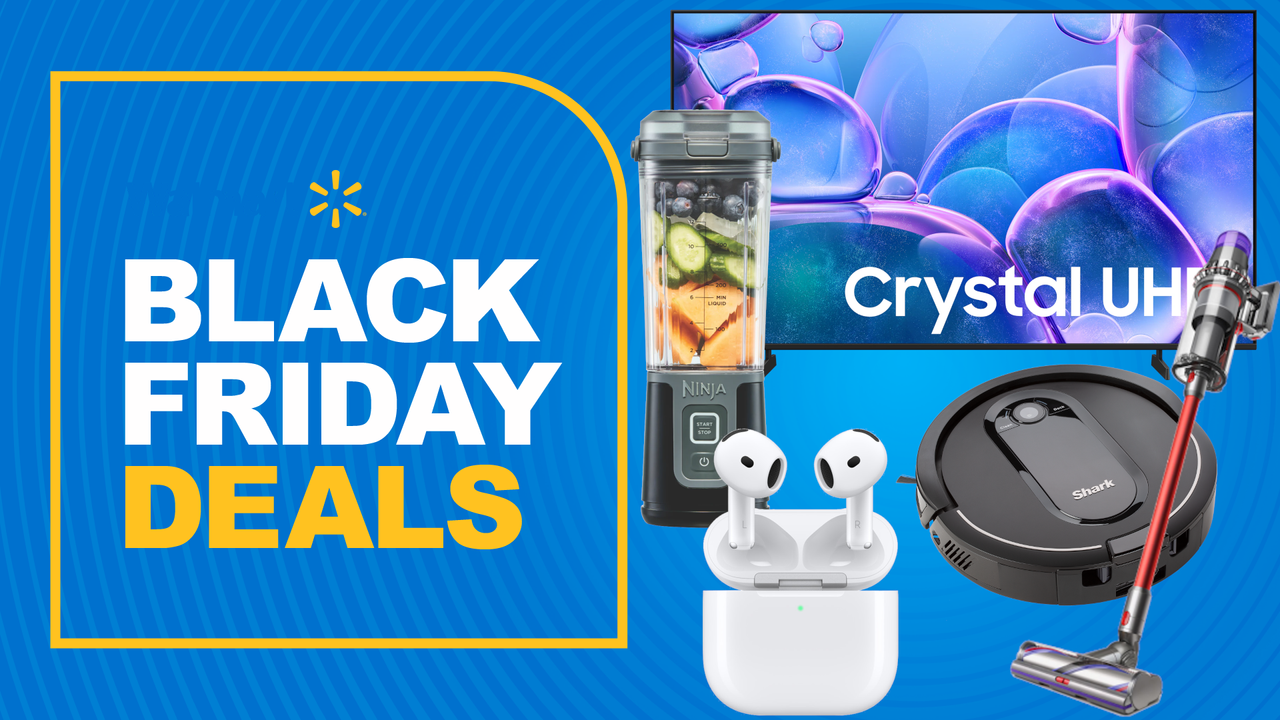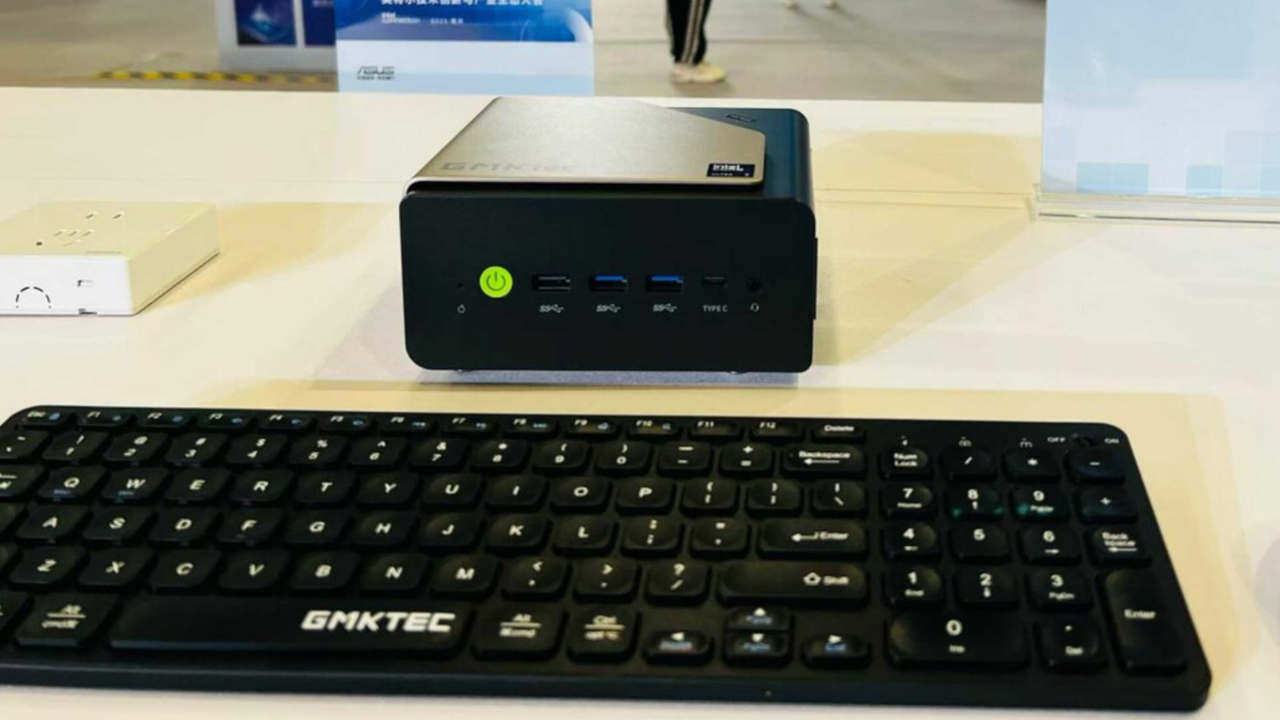What Happened: Amazon’s long-awaited satellite internet project, now officially rebranded as Amazon Leo, is finally getting real.
- It’s started shipping its top-tier internet terminals to select business customers for testing.
- This is a massive milestone. After years of development, it’s sending out the hardware. Specifically, the company is previewing its flagship “Leo Ultra” terminal, which it confirmed can hit download speeds of up to 1Gbps and upload speeds of 400Mbps. That’s fast enough to handle pretty much anything a modern office needs.
- Big-name partners like JetBlue, Verizon, and Vodafone are already in the mix to test this stuff out.
- They’ll be putting the new antennas and chips through their paces in the real world before it opens the floodgates to everyone else.
 Amazon
Amazon
Why Is This Important: This is the moment Amazon finally steps into the ring to fight SpaceX’s Starlink properly. Starlink has dominated this space for a while, but Amazon Leo is showing up with some serious firepower.
- While Amazon is years behind in terms of launches (with about 153 satellites up versus Starlink’s 9,000+), it’s built a massive ecosystem of partners from day one.
- The real secret weapon here is the integration with Amazon Web Services (AWS).
- For businesses, this isn’t just about browsing the web; it’s about moving huge amounts of data securely from remote places – like an oil rig or a plane – straight into the cloud without ever touching the messy public internet. That’s a huge selling point for corporate clients.
 Unsplash
Unsplash
Why Should I Care: If you work in a remote industry – like energy, mining, or maritime shipping – this could be a game-changer for your daily operations. Reliable, gigabit-speed internet in the middle of nowhere is rare.
- For the rest of us, the benefits might start in the sky. JetBlue is already planning to use Leo Ultra to supercharge its free in-flight Wi-Fi, meaning your next flight could have internet that actually feels like home Wi-Fi.
- And eventually, this competition is good for everyone. If Amazon Leo Nano and Pro terminals (the smaller, cheaper ones) roll out successfully to regular homes, consumers will finally have a real alternative to Starlink. That usually means better prices and faster innovation for rural households and travelers.
What’s Next: Amazon has a mountain to climb. It’s required by the FCC to launch half of its planned 3,000+ satellites by mid-2026. That’s a tight deadline, though an extension is likely.
- In the meantime, it’s going to gradually expand this preview program as its coverage improves.
- We still don’t know the final price tags for these terminals, but the race is officially on. For the first time, Starlink has a competitor with the pockets deep enough to actually make it a fight.


